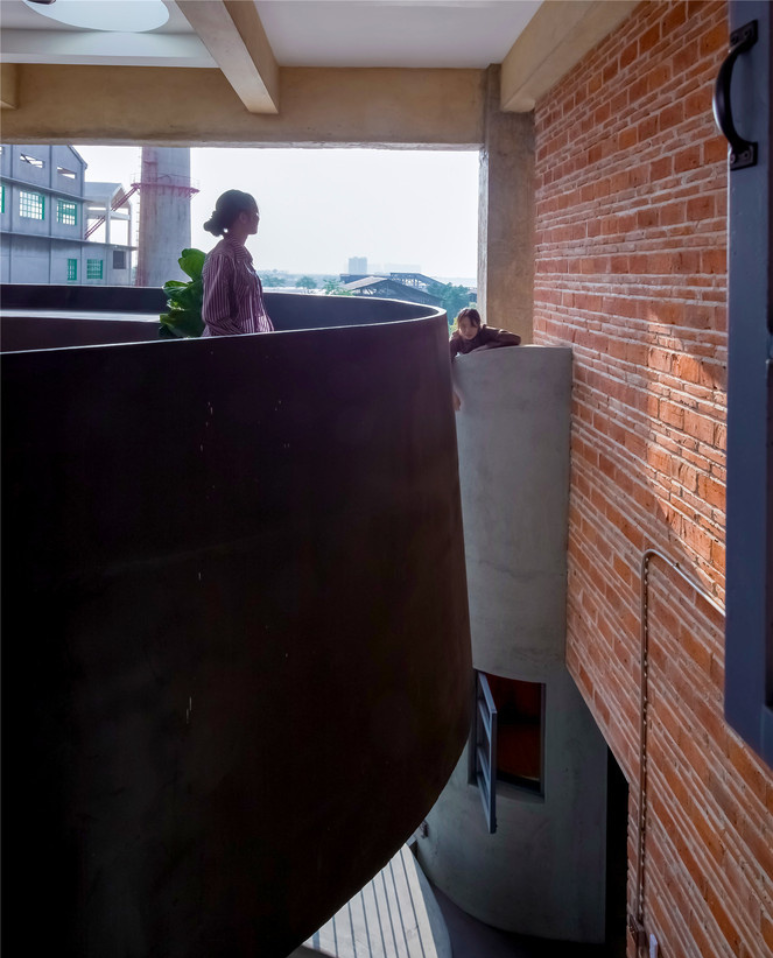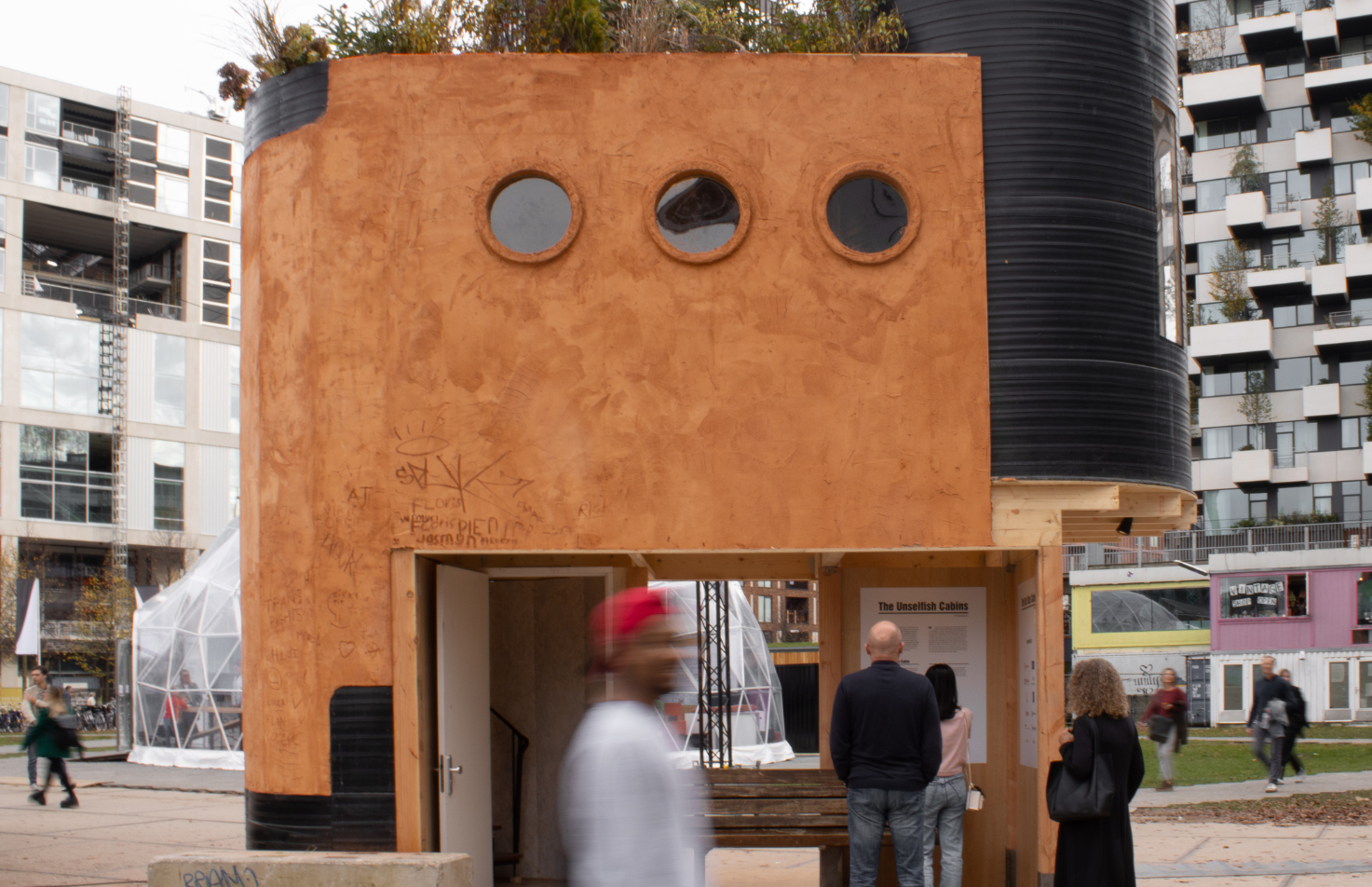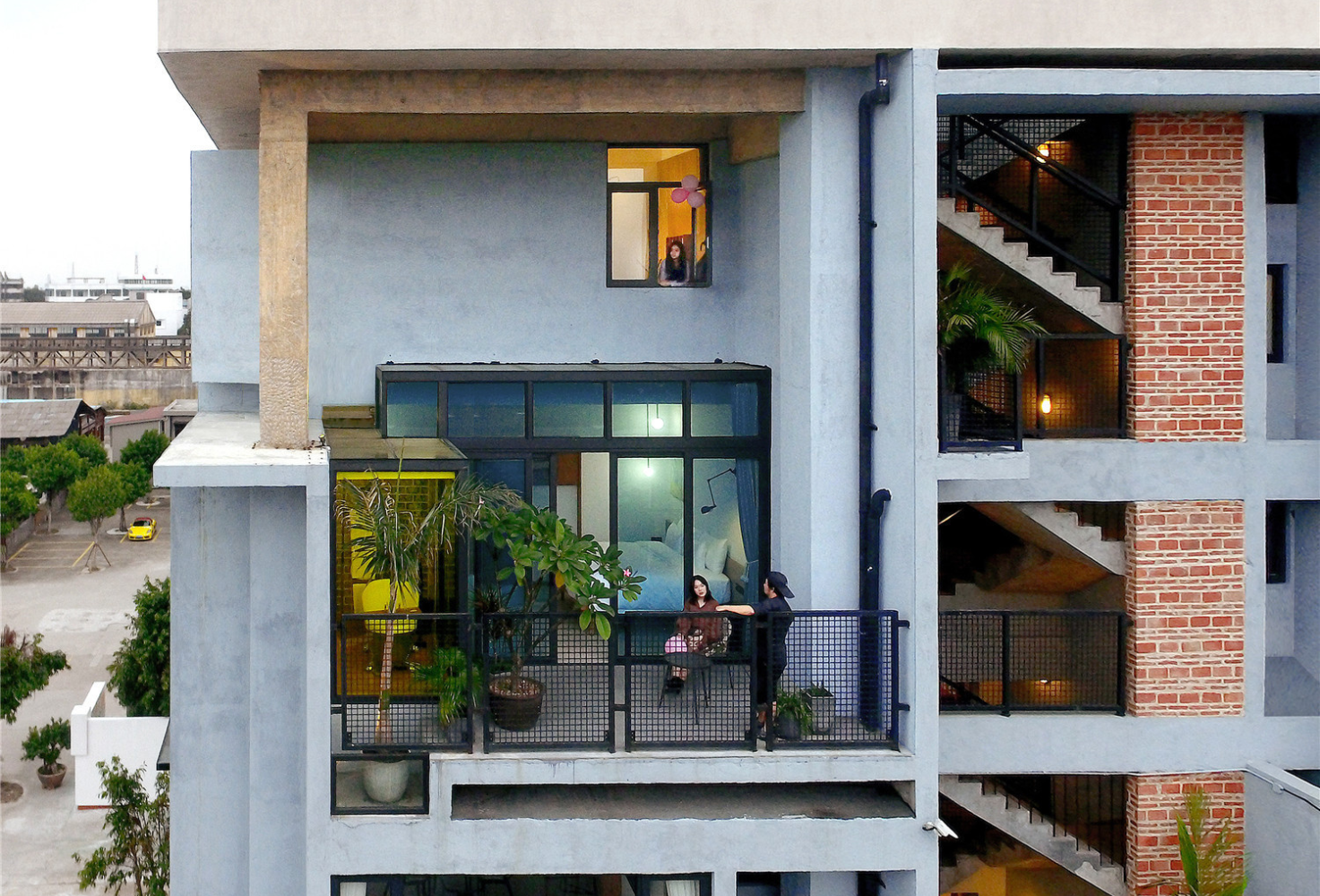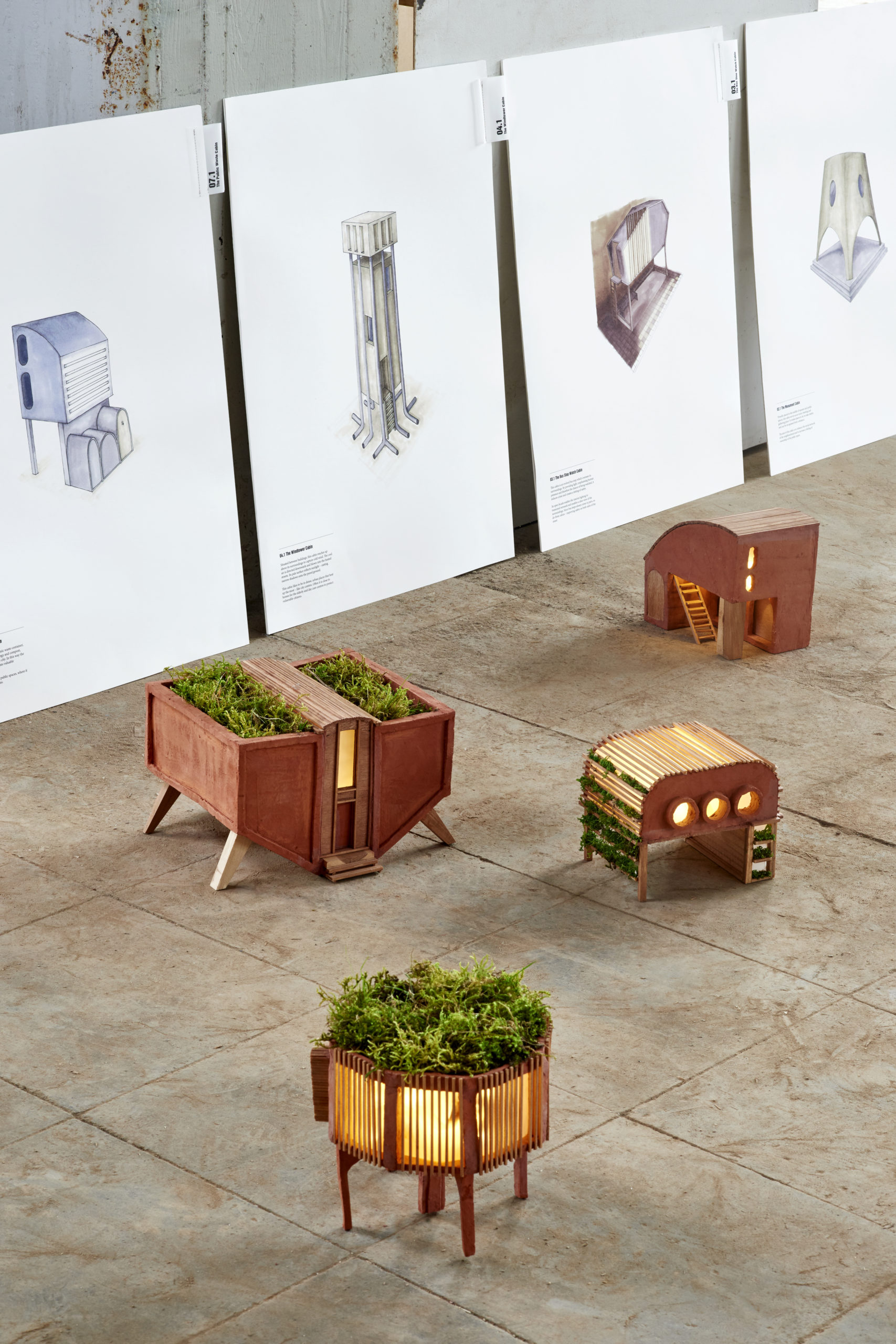Where do you call home when you can’t afford one? Across the world, living conditions vary immensely and the concept of home changes with them. The fact it’s increasingly difficult to access housing for a large chunk of the population – particularly young people – is causing the definition of ‘home’ to go beyond the physical: its meaning is closely linked to the changing ideas of safety, community and identity. “The home and the places we consider our home are very dispersed. Now it represents an idea of values, traditions, memories, feelings of home that we take with us when we move away from the place we come from,” says Michele Gorman, adjunct professor at the Parsons School of Design.
The home is expanding its meaning, since now it can be people (friends, family and communities) that nourish and sustain an individual. It can be a state of being, a sense of safety, the feeling of fitting in perfectly, of full belonging.

To understand the future, it’s important to consider the past. Two years of a pandemic were enough to force people to reconsider their way of life. Video calls unveiled private spaces, showcasing distinct differences in living conditions, and the crisis that involved the dependence on home workers and service staff underlined that the home isn’t just personal, it’s political too.

«The home has become a space where people can escape from daily problems. The home represents a moment of peace and relaxation. Thus, the home will become the epicentre of many people’s happiness, since they now value what it can mean emotionally when a home oozes wellness.» Carlos Frejo, Ideas Interiorismo.
«New generations have incorporated the discourse of sharing and community more organically. In housing, communal spaces like terraces will start to be used more intensively, causing a stronger shift towards the community than what exists at the moment.» Rosa Urbano, Urbano Byu.

In a world that may continue to appear unstable and uncertain, the home is being redefined as an emotional space that transcends basic or functional needs. The home is being positioned as the centre of people’s universe, evolving to become a feeling as well as a physical place. For Generation Z, only 13% globally believe the home to be a physical space, while 48% describe it as a feeling that can be created or taken with you wherever you go (source: Dazed x Space10).
The community and human connection are core elements of this trend. Driven by the current housing crisis, architects and designers are reinventing community spaces, such as patios, blocks of flats and urban centres, as communal living continues to grow. This will smooth the path to the home and furniture rental market, which also aligns with the mentality of younger generations regarding sustainability and the desire for creative expression.
‘Homes with soul’ vouches for a return to simpler times, turning to neighbourhood formats that modernity has cast aside in order to serve as inspiration for more deliberate and more mindful ways of life. The diversity of experiences, ideas and people, with inclusive co-creations and locally made products and services are flourishing at a time filled with challenges to simplify people’s lives.
Socialisation is the lynchpin of this new way of understanding the home. That’s why communal spaces are being reinvented to accommodate ideas where resources and ideas can be shared (library of things). Private property is placed at the service of neighbours so products and spaces can be shared, thus reducing the amount of waste.
This communal living focus will drive the recovery of former ways of coexistence, leading to the design of new spaces that must adapt to both individual and community needs. The division between private and communal spaces will be extremely important, and flexibility must be taken into account so spaces can change over time according to consumers’ demands at any given moment and in any given place.
Making the most of previous successes to live better in the future. For some time now, designers and architects have been returning to historic and proven techniques, materials and concepts that modern life has left behind, such as the idea of the shared home or materials made on-site.
When designing the interiors of the future, working with creatives from different origins and of different ages will be key to understanding their needs and visions.
